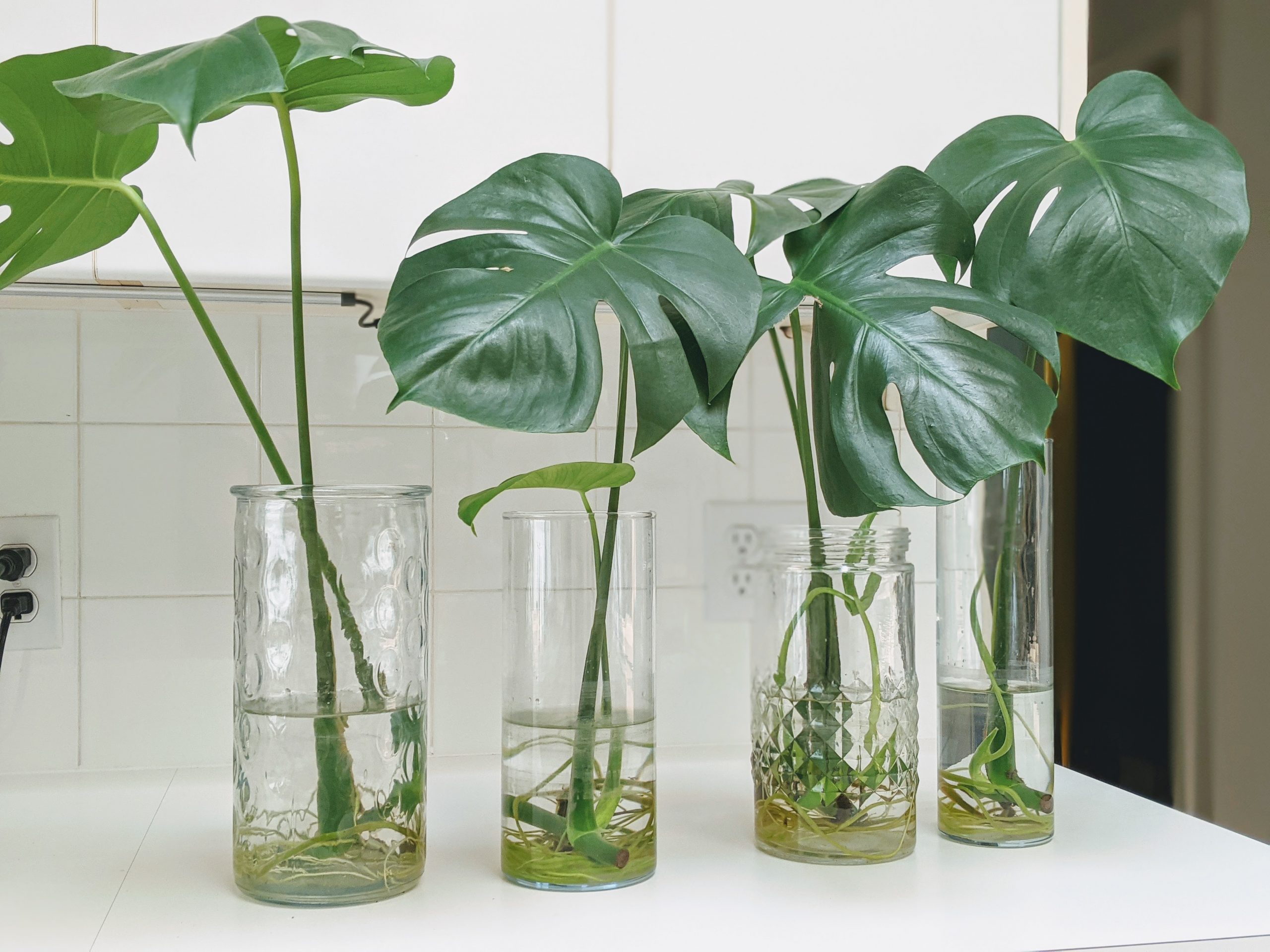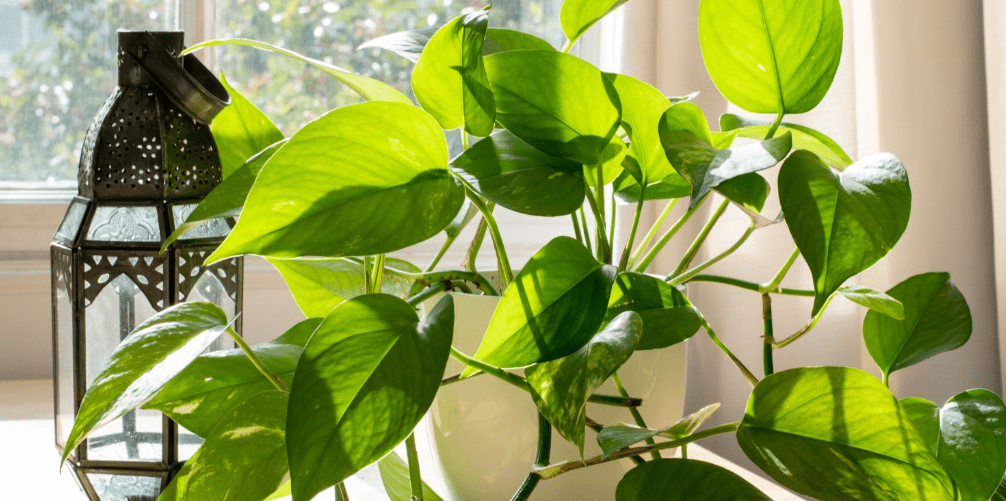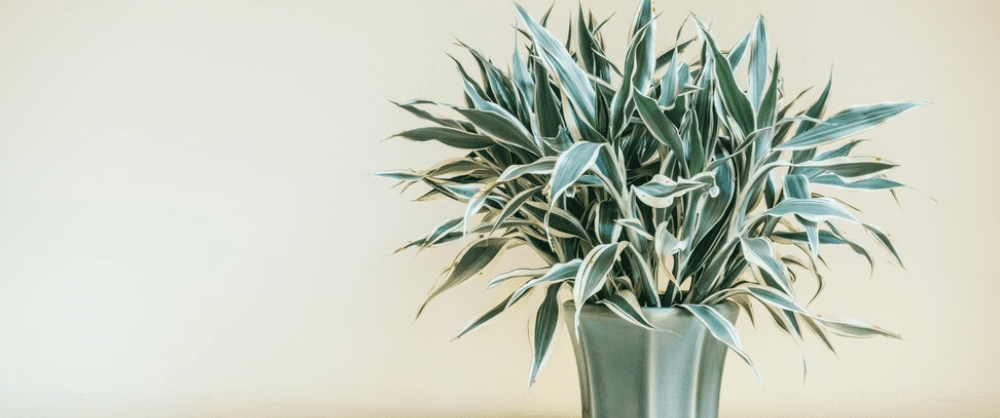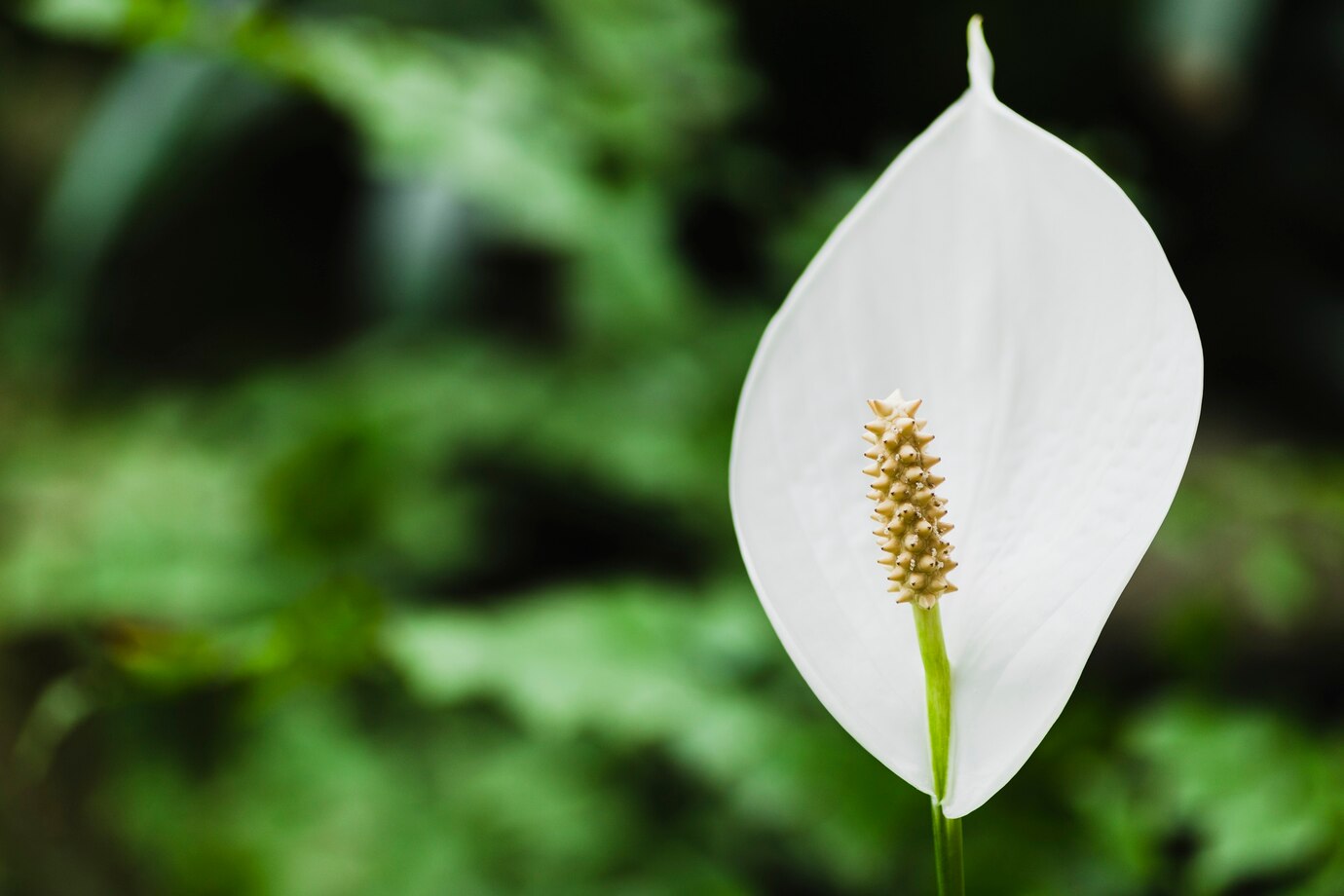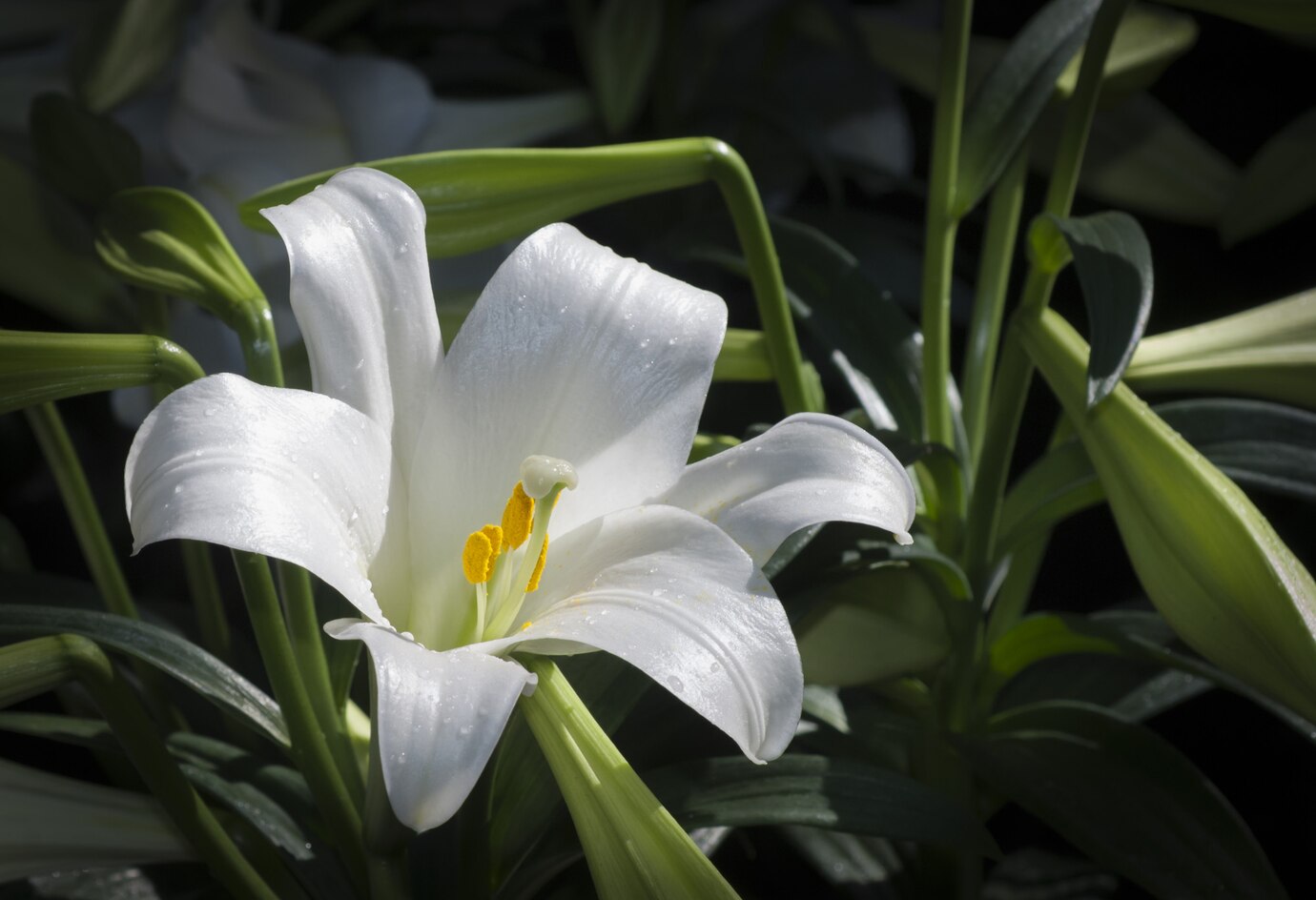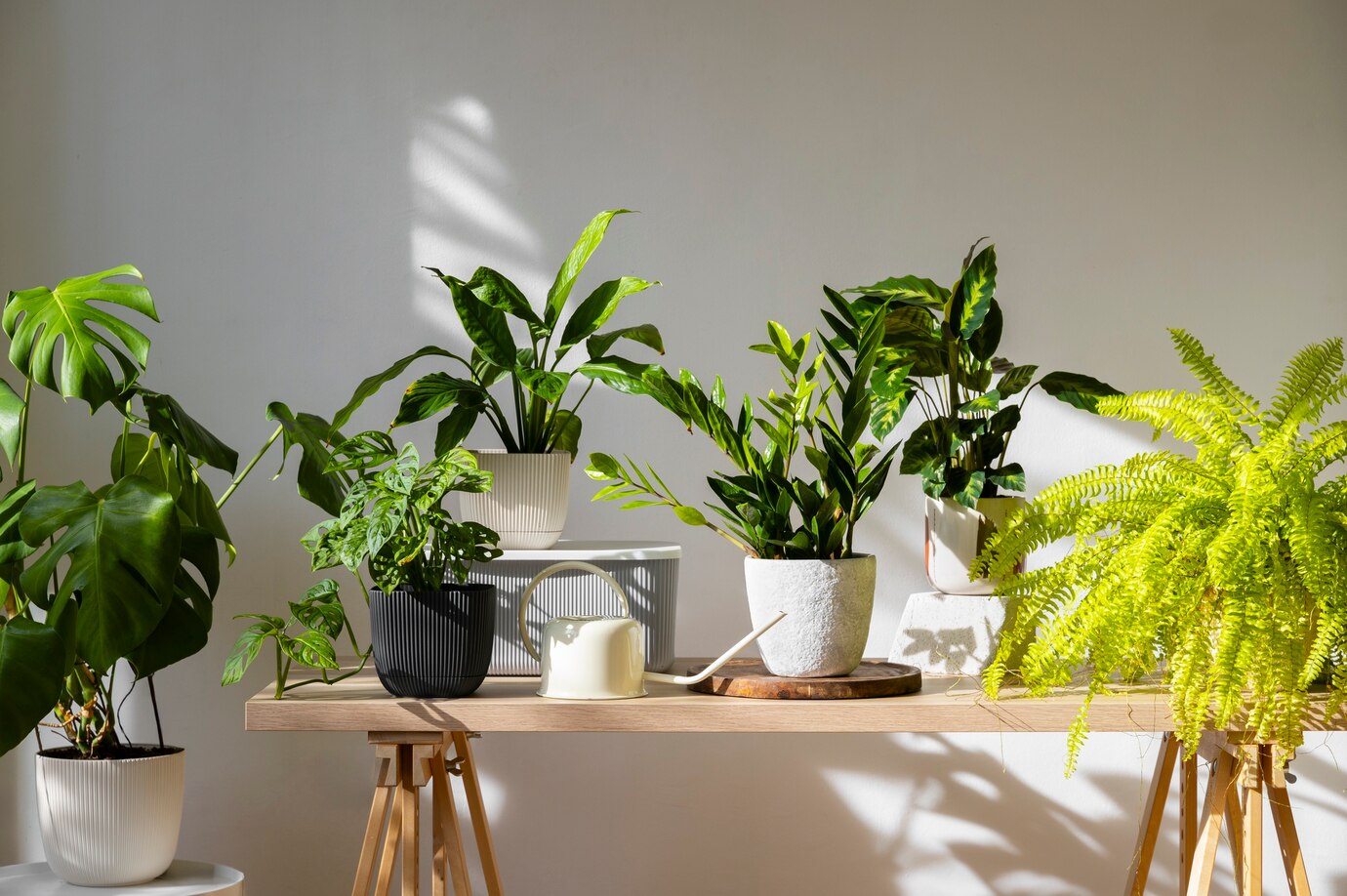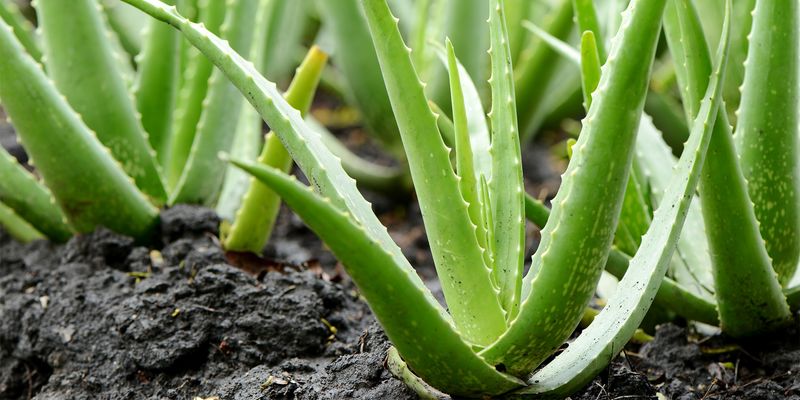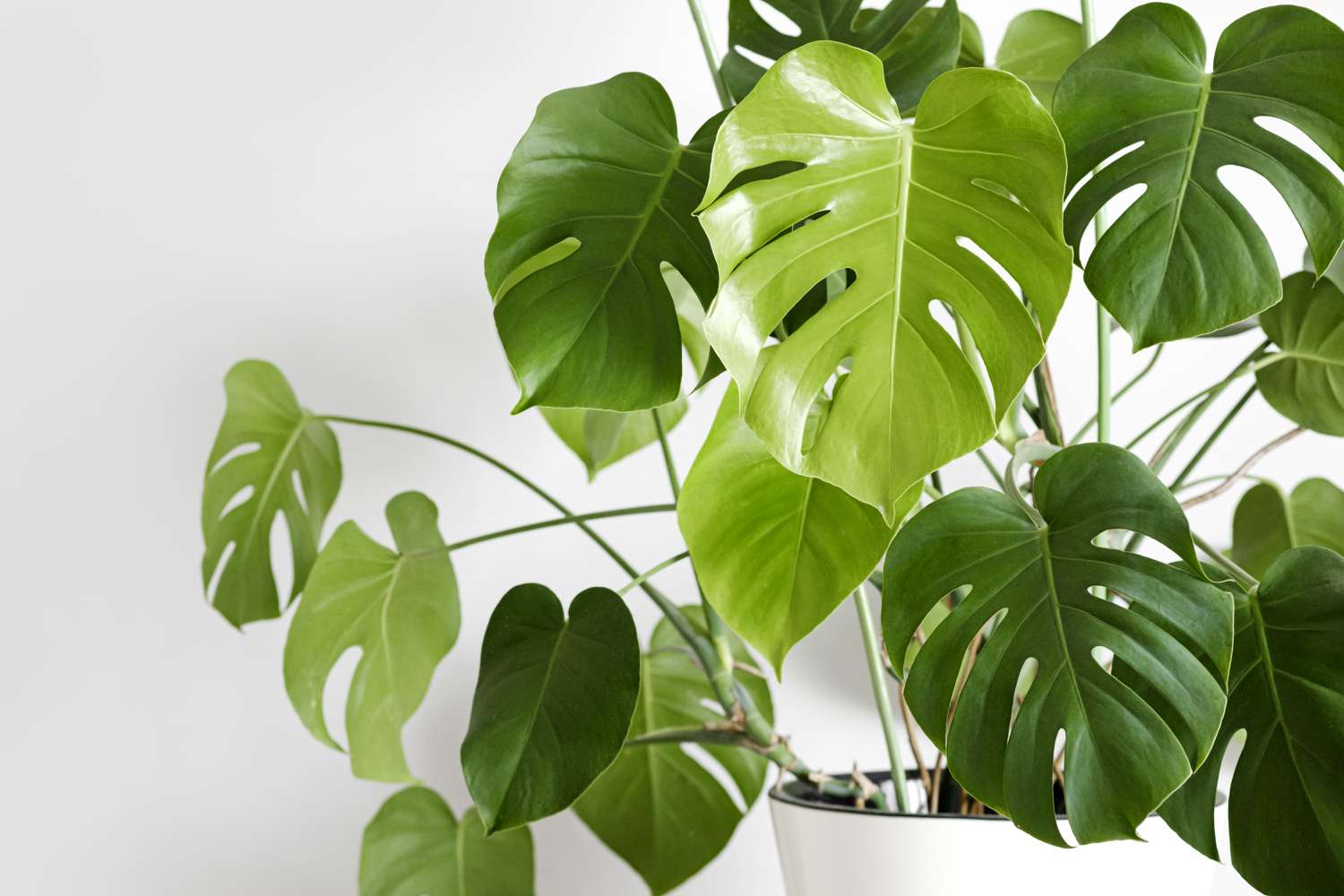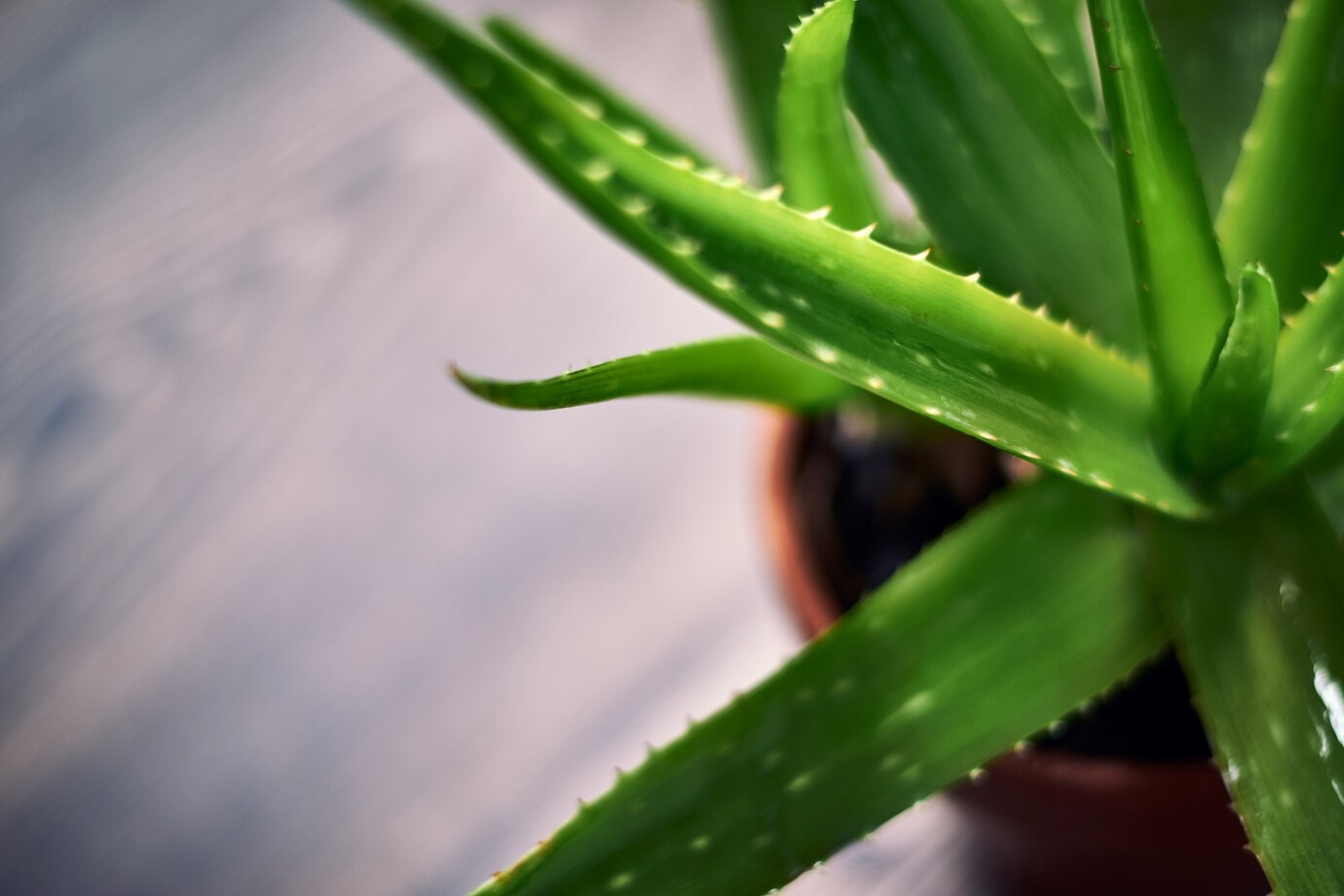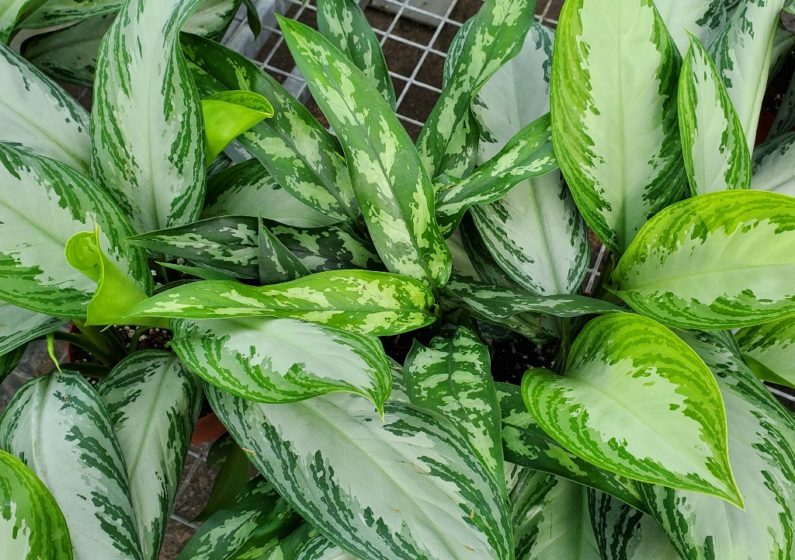The Monstera deliciosa, often called the Swiss cheese plant or split-leaf philodendron, has become a favorite among indoor plant enthusiasts due to its vibrant green foliage and uniquely patterned leaves. They are initially found in the rainforests of Central America. This tropical plant can be reproduced simply by using stem cuttings placed in either water or soil or by using the air layering method. Continue reading to learn how to propagate Monstera and expand your indoor garden with this eye-catching plant.
Table of Contents
ToggleWhen to Propagate Monstera
Spring and summer are the best seasons to propagate a mature Monstera, as the plant is actively growing during this time. It’s also the perfect period for essential Monstera care, such as trimming back overgrown or leggy stems. If your cutting includes a node, you can reuse those trimmed sections to grow new plants. Although propagation is still possible in fall or winter, it may take longer due to slower growth during the cooler months.
How to Propagate Monstera
There are four reliable ways to propagate a monstera plant:
- Growing cuttings in water
- Soil Propagation
- Air layering technique
- Root Division
1. Growing Cuttings in Water
To begin propagating a monstera, take a healthy cutting from the parent plant:
Use clean, sterilized pruning shears to snip a 4–6 inch section of the stem, cutting about half an inch below a node. If the section includes an aerial root, that’s even better.
Gently remove most of the leaves near the bottom of the cutting to avoid rot.
Steps:
- Place the cutting in a glass of filtered water. Make sure the node and any aerial root are fully submerged.
- Change the water every 3–4 days to keep bacteria and fungus at bay.
- Transfer the cutting into peat-free soil once the roots grow 3–4 inches long.
Things to Note:
- Root development usually starts within 2–3 weeks.
- After moving your Monstera to the soil, it may take a while before new leaves appear as the plant adjusts.
- While monstera can survive in water alone, it thrives best in well-aerated, nutrient-rich potting soil.
2. Soil Propagation
Here’s how to grow a new monstera plant by planting cuttings straight into the soil:
- Start by taking a healthy cutting from your Monstera.
- Plant the cutting in a good-draining pot filled with potting mix. Make sure at least one node is buried beneath the surface.
- Water the cutting thoroughly from the top and drain any extra water. Going forward, water only when the top 1–2 inches of soil feel dry.
- Set the pot in a bright location with indirect sunlight.
Things to Note:
- Once the cutting develops roots, you’ll notice new growth relatively quickly.
- It usually takes about 4–5 weeks for the roots to form when planted in soil.
3. Air Layering Technique
Air layering is one of the safest methods to multiply your Monstera deliciosa. It greatly reduces the chances of infection, root rot, or leaf damage.
- Start by making a small cut just below a node on the stem of your Monstera.
- Moisten a handful of water-retentive growing mediums such as compost or potting mix. It should feel damp.
- Wrap the damp medium around the node and cut, then secure it using a rooting ball or biodegradable plastic wrap (easily found online or at garden stores).
- Check the moisture level twice a week. If it feels dry, carefully unwrap and rehydrate the medium.
- Once you see roots growing to about 2 inches, cut below the root zone and transfer the new plant into a pot.
Things to Note:
- Avoid using peat moss due to its environmental impact. Instead, choose compost or a peat-free soil mix to support sustainable gardening.
- Root development through air layering can take 1 to 3 months, depending on your plant’s environment.
4. Root Division
If your Monstera has outgrown its pot, dividing it is a simple way to create new plants.
- Carefully remove the mature Monstera from its container.
- Separate the root ball into sections and make sure each part has healthy roots and stems.
- Replant each section into fresh pots filled with soil mix.
- Water thoroughly and place the pots in bright, indirect light. Avoid direct sun exposure.
Things to Note:
- This method works best for large, well-established plants.
- Take your time during the process to avoid harming the original plant while separating the roots.
Monstera Propagation Care Tips
For the best results, propagate Monstera Deliciosa during its active growth period, ideally in spring, summer, or early fall.
- Always choose pots with drainage holes when planting in the soil to avoid waterlogging and root rot.
- If your indoor Monstera doesn’t receive 10–12 hours of bright, indirect sunlight daily, consider using a grow light to supplement natural light.
- Dry indoor air can slow propagation, so use a humidifier to maintain ideal humidity levels.
- To boost root development in soil, dip the cutting node in the rooting hormone before planting.

